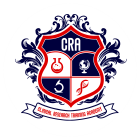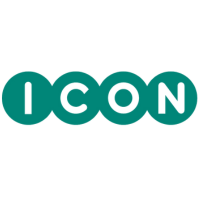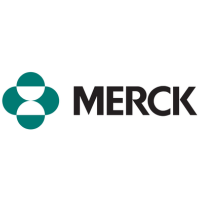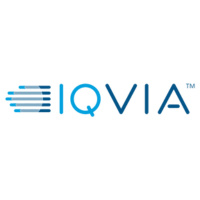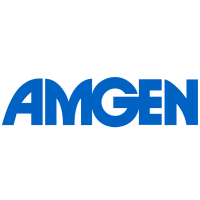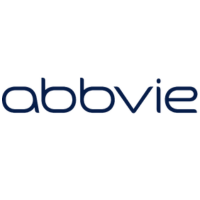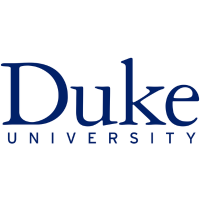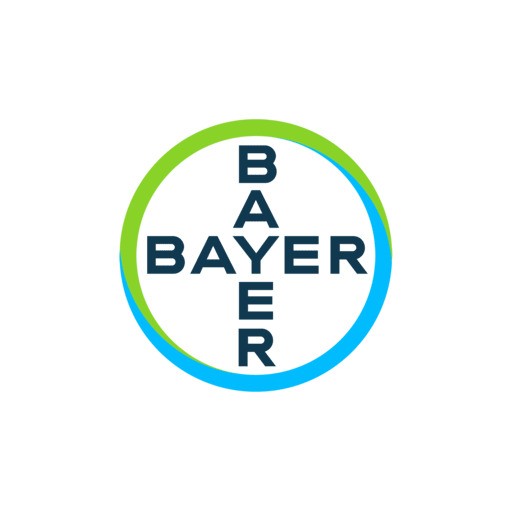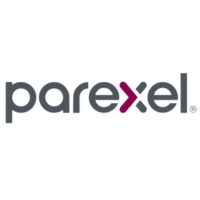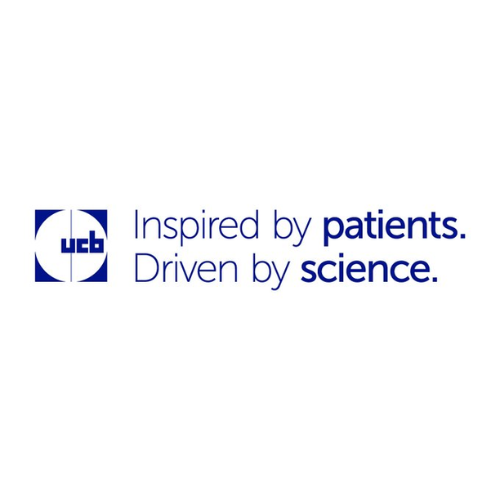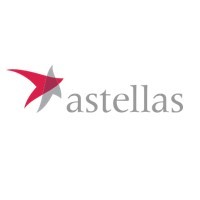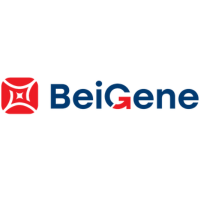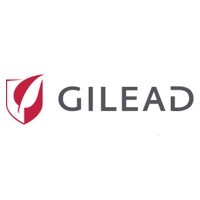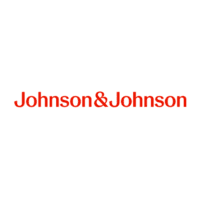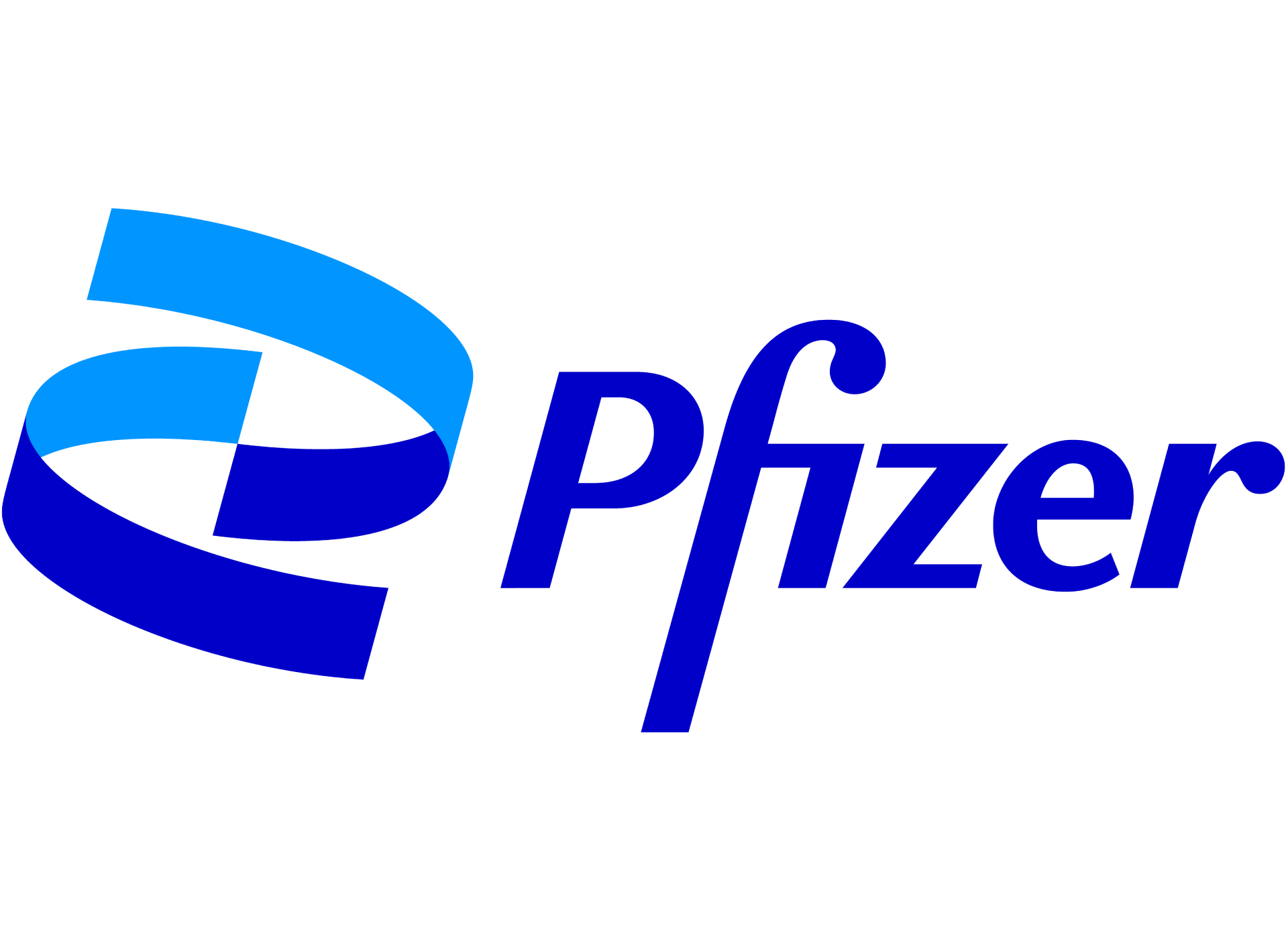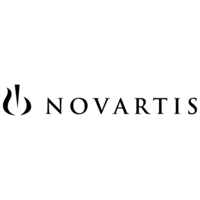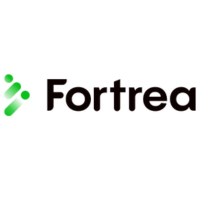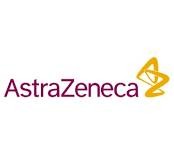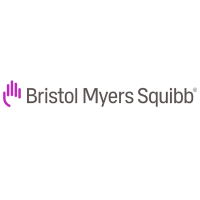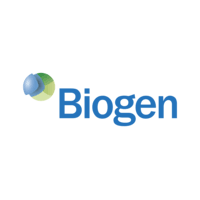Course Description
Through expert instruction, case studies, and interactive workshops, attendees learn how to design, implement, and maintain compliant quality systems, prepare for MDSAP and FDA audits, and lead effective internal audits that drive continual improvement and regulatory readiness.
Course at a Glance
2-Day Live In-Person Workshop
2 Full Days of Classroom-based learning
Intensive, instructor-led sessions
April 23 – 24, 2026
Upcoming Classroom Workshop
9:00 AM - 4:00 PM EST
Small-group, live instructor-led sessions
Price : $1995 USD
Location:
Lionhead Golf Mississauga Road – Ontario
Certificate of Completion from CRTA
Recognized professional credential
Included Perks:
Complimentary Lunches & Coffee breaks
Faculty Director: Jordan John
Limited Seats - Secure Your Spot Early!
Learning Objectives
By the end of this course, participants will be able to:
-
•
1. Explain the structure, purpose, and key clauses of ISO 13485:2016.
-
•
2. Understand the scope and benefits of the MDSAP and how it aligns with national regulations.
-
•
3. Compare FDA QMSR to the previous 21 CFR 820 and identify alignment with ISO 13485.
-
•
4. Plan, conduct, and document internal audits using risk-based approaches.
-
•
5. Recognize grading, non-conformity criteria, and CAPA expectations under MDSAP and FDA inspections.
-
•
6. Integrate risk management (ISO 14971) into quality-system processes.
-
•
7. Develop practical strategies for QMS implementation, certification, and transition to QMSR.
-
•
8. Strengthen organizational readiness for external regulatory and certification audits.
Who Should Attend
-
•
Quality Assurance & Regulatory Professionals
-
•
Compliance and Audit Leads
-
•
Quality Managers and Engineers
-
•
Medical-Device Manufacturers and Suppliers
-
•
FDA and MDSAP Compliance Teams
-
•
Consultants and QMS Implementers
-
•
R&D and Operations Managers supporting quality systems
Course Outline
Day 1 – ISO 13485 & Global Quality System Frameworks
Module 1 – Introduction to Medical Device QMS and ISO 13485:2016
- Purpose and regulatory role of ISO 13485
- Clause-by-clause overview and documentation hierarchy
- Quality-manual development, procedures, and records
- Integration of risk management (ISO 14971)
- Workshop 1: Map quality-system processes to ISO 13485 clauses
Module 2 – QMS Implementation and Maintenance
- Establishing QMS processes, KPIs, and management review
- Document-control and training systems
- Supplier qualification and purchasing controls
- Handling non-conformities and CAPA linkage
- Exercise: Draft a process-interaction diagram for a sample manufacturer
Module 3 – Medical Device Single Audit Program (MDSAP)
- Purpose and participating authorities (FDA, Health Canada, Brazil, Australia, Japan)
- MDSAP Audit Model and audit-task sequence by QMS process
- Grading and non-conformity criteria (GHTF/SG3/N19)
- Audit preparation, documentation expectations, and typical findings
- Workshop 2: Identify MDSAP tasks applicable to a manufacturer’s key processes
Day 2 – FDA QMSR & Internal Auditing Mastery
Module 4 – FDA Quality Management System Regulation (QMSR)
- Rationale for harmonization and overview of the final rule
- Comparison: QMSR vs 21 CFR 820 (QSR)
- Alignment with ISO 13485: terminology, documentation, and management responsibilities
- Enforcement and inspection implications
- Transition-planning strategies and timelines
- Workshop 3: Create a QMSR transition checklist for your organization
Module 5 – Internal Auditing Fundamentals
- Purpose, scope, and regulatory basis of internal audits
- Types of audits: system, process, and product audits
- Audit planning, scheduling, and sampling techniques
- Conducting audits and effective interviewing
- Writing clear, evidence-based audit reports
- Workshop 4: Develop an internal-audit plan and audit-checklist template
Module 6 – Managing Audit Findings & Continuous Improvement
- Classification and grading of findings (minor, major, critical)
- Root-cause analysis and corrective/preventive action linkage
- Verification of effectiveness and management review follow-up
- Post-audit communication and record-keeping best practices
- Case Study: Review and grade sample audit findings
Closing Session
- Open Q&A and Regulatory Updates (QMSR implementation status, ISO 13485 revision plans)
- Knowledge Assessment Quiz
Interactive Activities
- •
4 Hands-On Workshops: QMS mapping, MDSAP process alignment, QMSR transition plan, and audit-plan development.
- •
Case Study Analysis:Review real-world audit findings and CAPA responses.
- •
Live Polls & Knowledge Checks: Reinforce comprehension of key requirements.
- •
Peer Discussion Breakouts: Share implementation and audit-readiness experiences.
- •
Final Quiz & Instructor Feedback: Assess mastery and clarify remaining questions.



